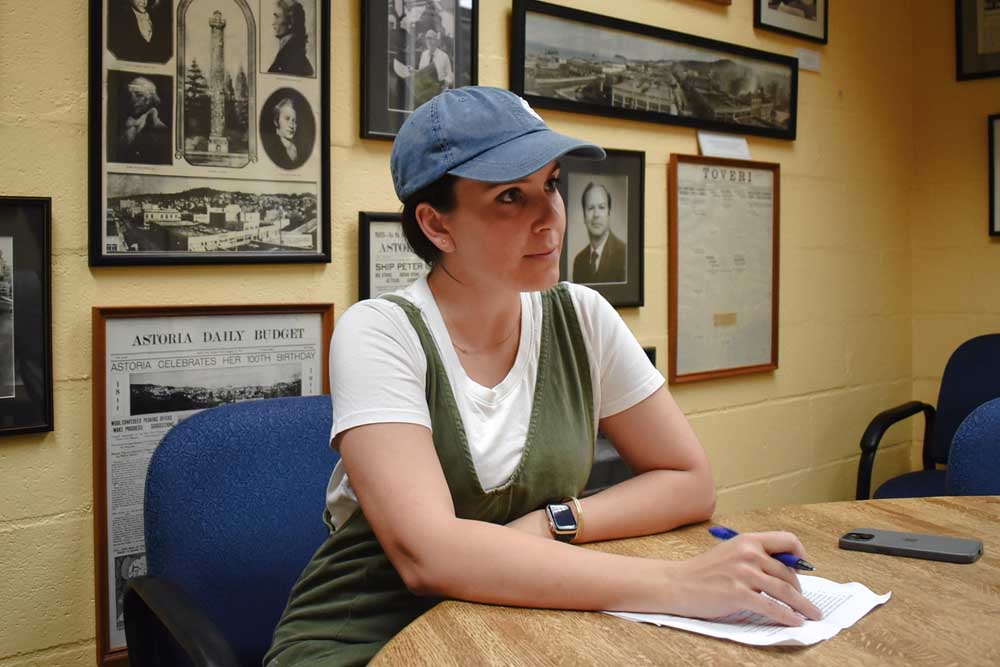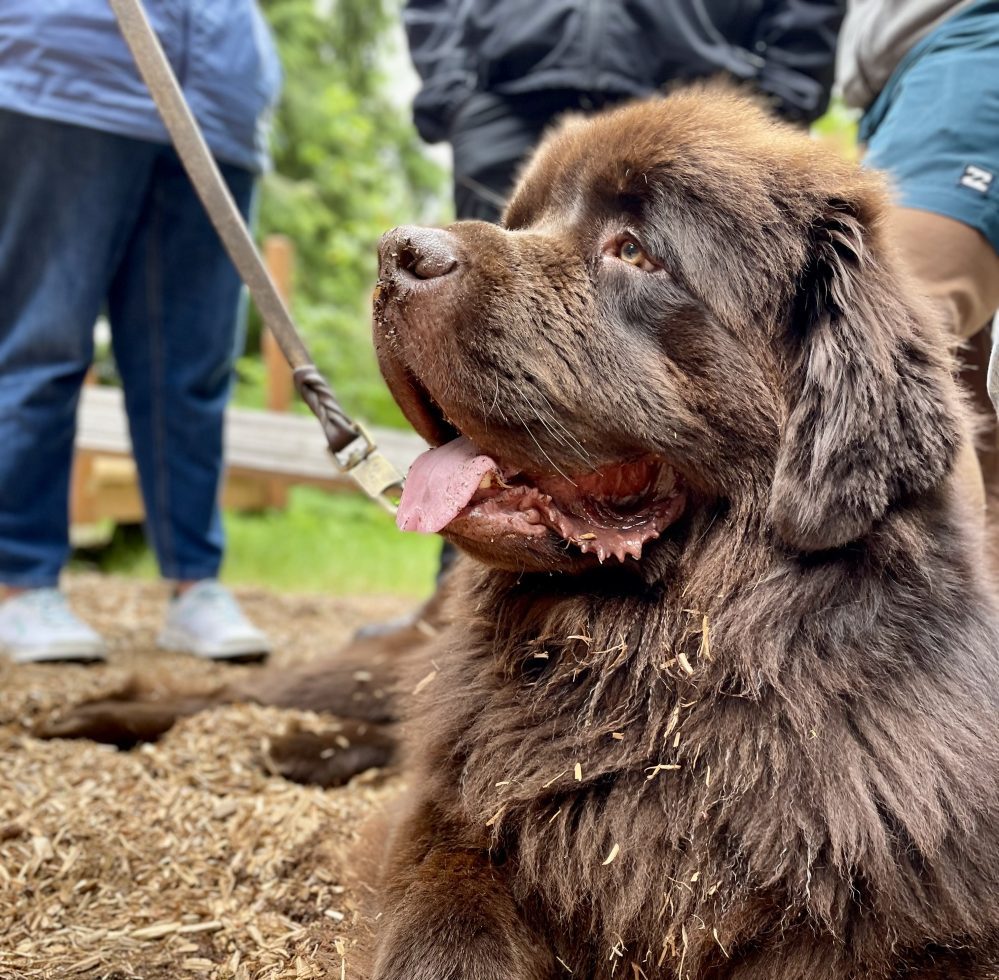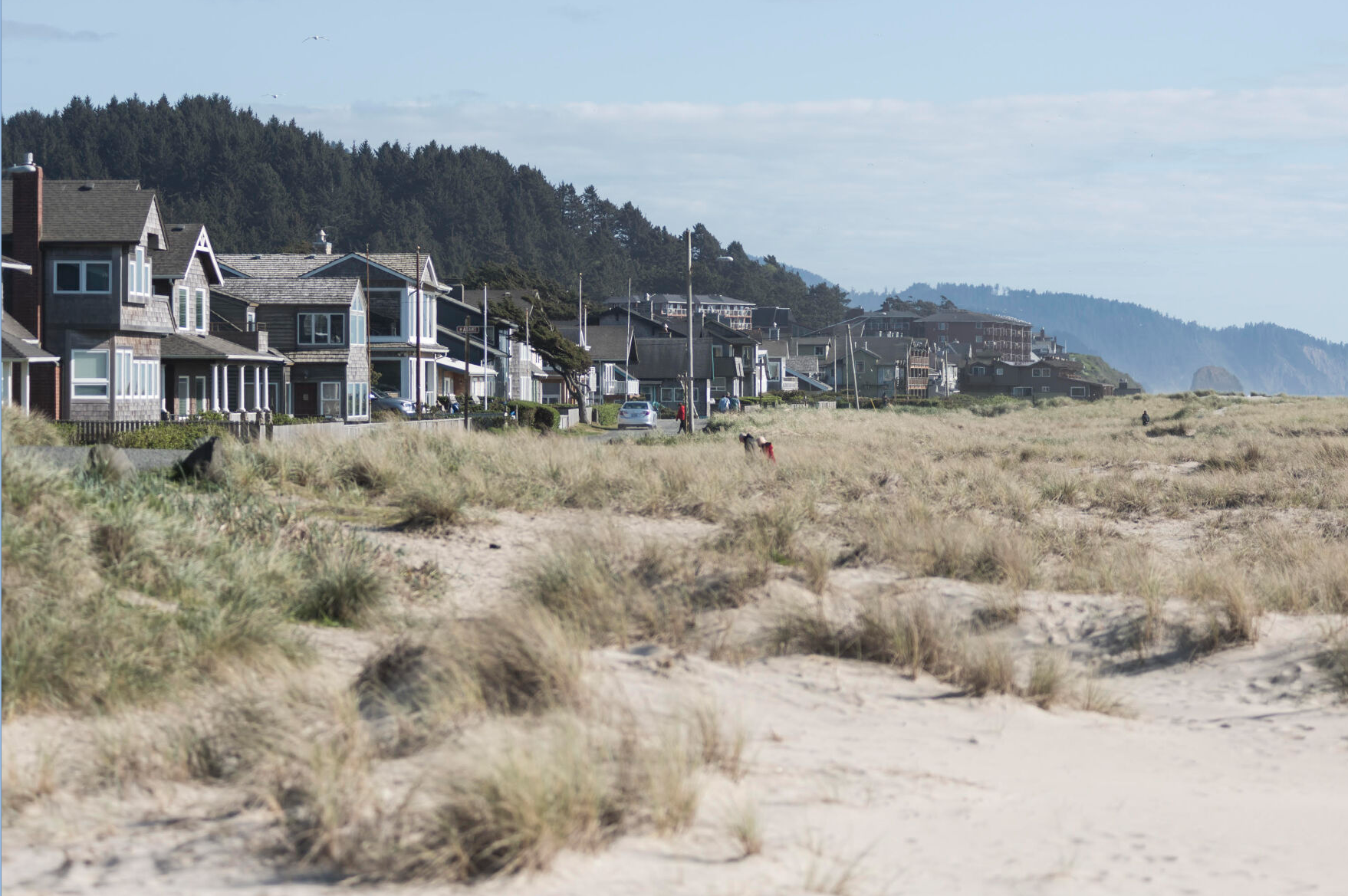Behind the News: ‘Every piece matters’
Published 12:30 am Saturday, June 29, 2024

- Jess Sollaccio serves on the Warrenton City Commission.
Jess Sollaccio believes civic engagement can take many different forms.
Trending
The mother of two, whose background is in the health and technology sectors, moved to the North Coast in 2021. She has volunteered for Clatsop County Master Gardeners and Spruce Up Warrenton, participated in the county’s Community Health Advocacy and Resource Team, helped launch a perinatal task force and served on the Warrenton Planning Commission.
She and her husband, Dan, secured a six-figure urban renewal investment from Warrenton to restore the Fenton Grocery building downtown.
This week, Sollaccio was appointed to fill a vacancy on the Warrenton City Commission. She is interested in a potential campaign for a four-year term in November.
Trending
“I’m fortunate to have the bandwidth to be as involved as I am. But other people don’t, so it’s really just what can you do with the skills and the time that you have?,” she said. “Every piece matters. And that’s what I think sometimes trips people up, is they think, ‘I don’t have time to do it. I don’t have the capacity.’”
In an interview, Sollaccio discussed her approach to community involvement and the importance of delivering measurable results.
Q: Over the years, we have seen the levels of civic engagement on the North Coast ebb and flow. What guidance do you give to people on how to influence public policy discussions outside the traditional ways of lobbying or running for elected office?
A: I think that’s something that, when we came to the North Coast, we certainly noticed — especially our involvement with the different groups.
I think the best example that I can think of is with the master gardeners. Part of the mission of the master gardeners is home horticulture, addressing food insecurity in our community. There’s policy in that. There’s opportunity in that to help our community in ways that our elected officials can’t always act with speed on, because of bureaucracy and other things.
One example is our seed-to-supper program, where you actually teach people how to grow their own food. And that is a way to have quick and direct impact — immediate impact — to improve other people’s lives.
There’s a ton of other examples. That’s just what’s top of mind for me because that’s my interest. But I think, depending on people’s interest, whether it’s the arts, whether it’s coastal preservation, there’s groups out there doing really, really good work.
The worst people can say is “no” if you try to ask.
Q: Our reporters often see the same people attending public meetings, or people that show up only to support or oppose a specific issue. What can local governments do to encourage more public involvement?
A: That is a struggle.
I think there’s a lot of opportunity. You’ve got to build trust. And you have to deliver results. But the foundation is trust that you’re listening to what people’s needs are, you’re listening to what the issues are.
Speaking from experience, I only have a very narrow perspective on what’s going on. I only know about other things happening because people will tell me. And you have a conversation. So welcoming other perspectives in to have a conversation, listening to them and then acting on it.
You have to deliver results that are tangible, that have impact. And if you say you’re going to do something, do it. And if you can’t do it, that’s OK, too. But let people know why, come up with a strategy to move forward for a different solution.
But transparency there is key, too.
Q: What have you learned by serving on the Warrenton Planning Commission that you didn’t know when you were appointed?
A: I did not know how sometimes mundane things have such large impact.
One example I had an opportunity to dig into was being on the sign-code task force — so how we regulate what signs are in our community. That really provides us with, one, a sense of place — it helps local people know where businesses are located, how to get there, and all of the specifics around there.
It takes a lot of thoughtful planning, like what’s the size of the font, is it going to be backlit, what are the implications for people that might have vision impairments? These things don’t just magically happen. It takes a lot of collaboration, a lot of research.
If you do it in a thoughtful way, then you can have big impact on something you don’t always think about.
Q: What will your policy priorities be on the Warrenton City Commission?
A: The things that we’re focusing on in our city are the things that people don’t often think about, sewer, water, treatment plants — that type of capacity — FEMA (Federal Emergency Management Agency) flood maps. But part of that, too, is making sure that our community is delivering on the services that people need.
We have challenges with development, and you know housing is a big need in the area. So thinking through creative ways to solve that problem. These are not unique — fortunately and unfortunately — so there’s people out there that are doing different things in their communities.
And I think we can draw on what’s working and apply them here. So those are my priorities — is to bring ideas that are working into our community to deliver results.
Q: Tell me about the Community Health Advocacy and Resource Team.
A: So when I first moved here, I was looking for ways to get involved, and my background is public health policy. So just doing a Google search, I found this group and I just went to a meeting one day. It was at the food bank.
It’s a collaboration of different organizations throughout our community focused on what’s called the social determinants of health. So all of the things that actually make up a person’s ability to live a healthy life. So that’s access to medical care, that’s food, that’s housing, that’s the built environment, how do we get exercise, do we walk, do we bike, safety.
It was very intimidating, because these were people from the hospitals, these were people that already had projects, and I just show up as a member of the community. But it’s been fantastic hearing about all of the work that’s going on that people are doing without recognition. They’re just getting the work done that needs to be done to support others.
It gives me a lot of energy and a lot of hope for our community.
Q: There have been several initiatives launched in the health, early childhood education and nutrition spaces over the years, but a lack of real measurable results. What can advocates do to sharpen the focus and improve outcomes?
A: I think working backwards from that vision. What is it that you actually want to achieve?
We know that food insecurity in our community — I think it’s 1 in 10 people face food insecurity — so what does it look like when people aren’t food insecure? How many more residents can we make sure have food on the table? What is their price of food? What types of programs are enabling people to eat healthier? The school lunch programs during the summer. How many sack lunches are being delivered?
What are the key metrics that we’re looking at to know that we’re delivering for the community. It’s working backwards. And then if those metrics aren’t moving in the direction that matter, you change strategy, and you learn, and you think of a new way to address the problem.
But having something that you can measure is really, really important. That’s what I learned from working in tech, is you have to be agile. You might have an idea, but if your idea is not delivering results, it doesn’t matter.
What matters at the end of the day is how you’re achieving the goal.
Q: You and your husband are restoring the Fenton Grocery building in Warrenton. What’s your vision for the project?
A: Our vision is threefold: a place to gather, to connect and play.
This has to do with creating a third place for the community. I am a pretty social person. I like to go out and meet people. And I haven’t found a place like that in our community — to go and socialize and have a cup of coffee and sit down.
We want to create that. We want to create an opportunity for people of all ages, all abilities, all interests, to come together to have spontaneous conversations, to have connection.
We know that third places, during the pandemic, we lost a lot of these critical pieces of communities. And we want to help restore that.
I also want to deliver for the community a place that’s beautiful, and to show the community what’s possible. We are fortunate to have received a generous grant from the city. This would have never been possible for us to do without the support of the city.
I want other people to come in to realize their vision. If you want an arcade, or if you want a sound studio, come in and do it.
I hope that we serve as a launching pad for other people with ideas to come in and do something similar, and to hold the door open for others.









